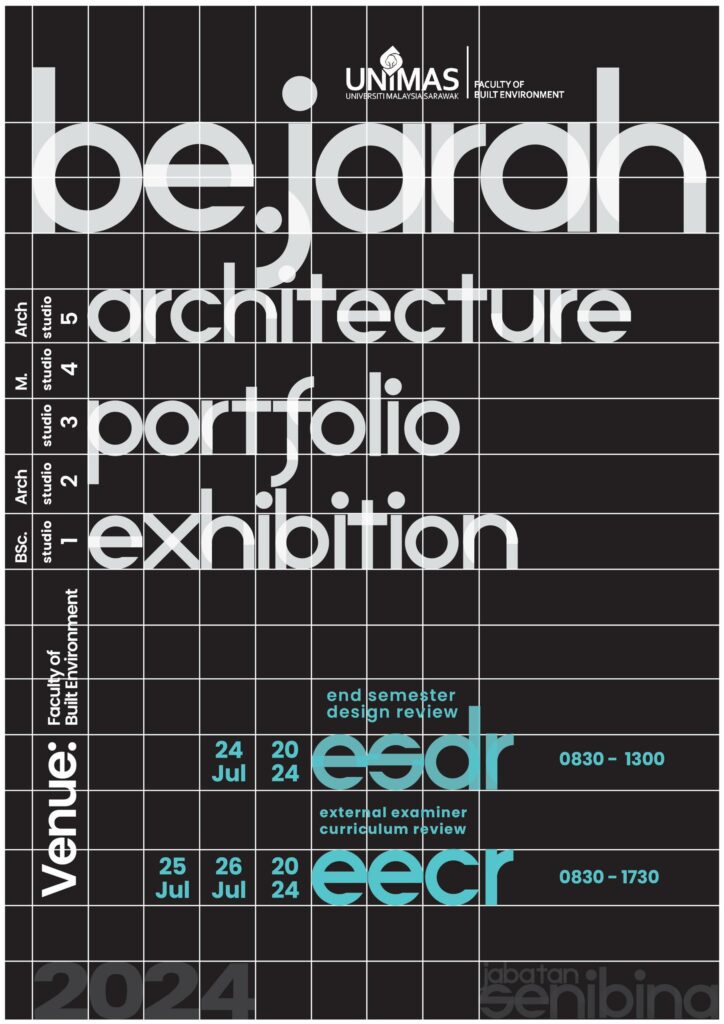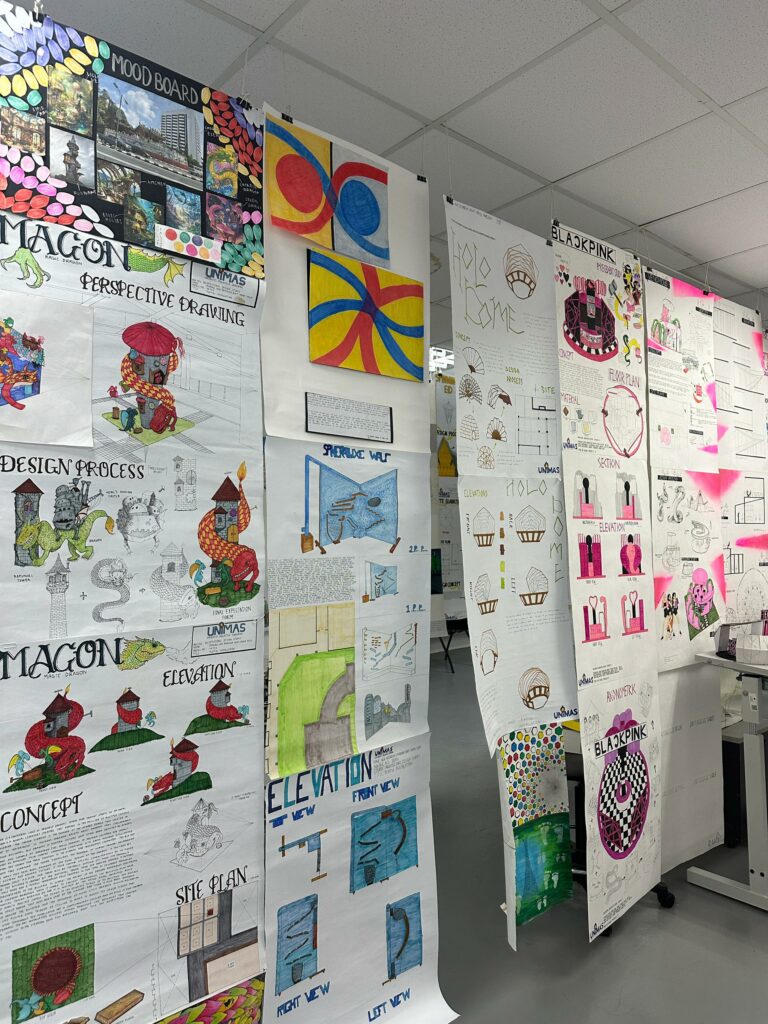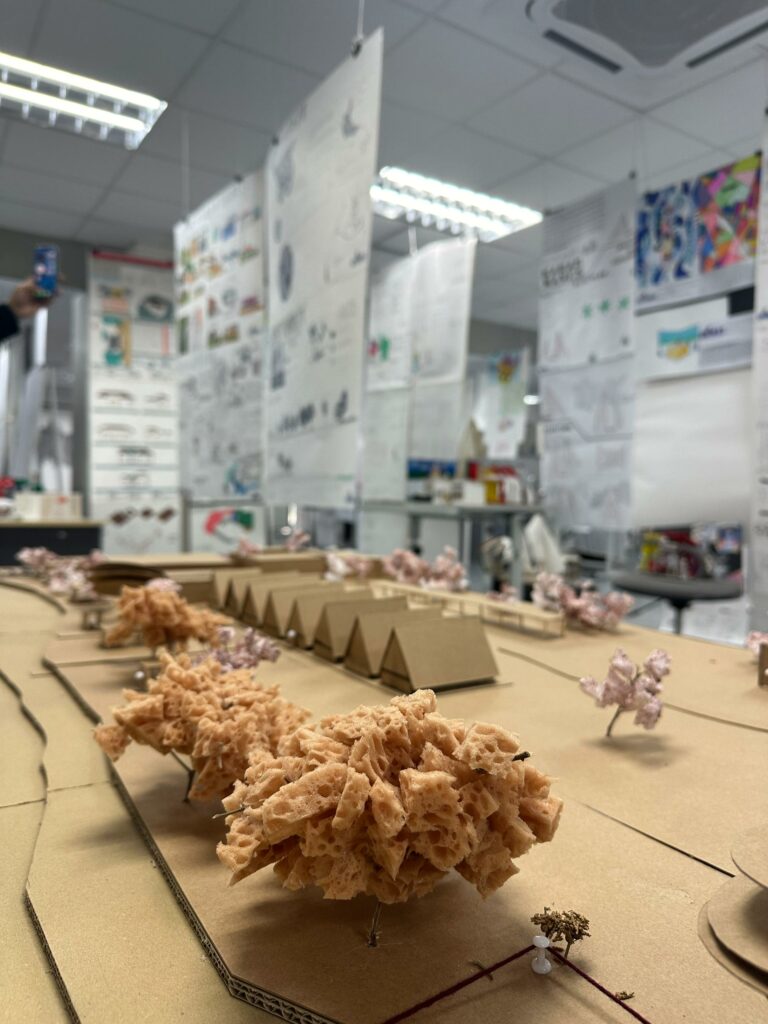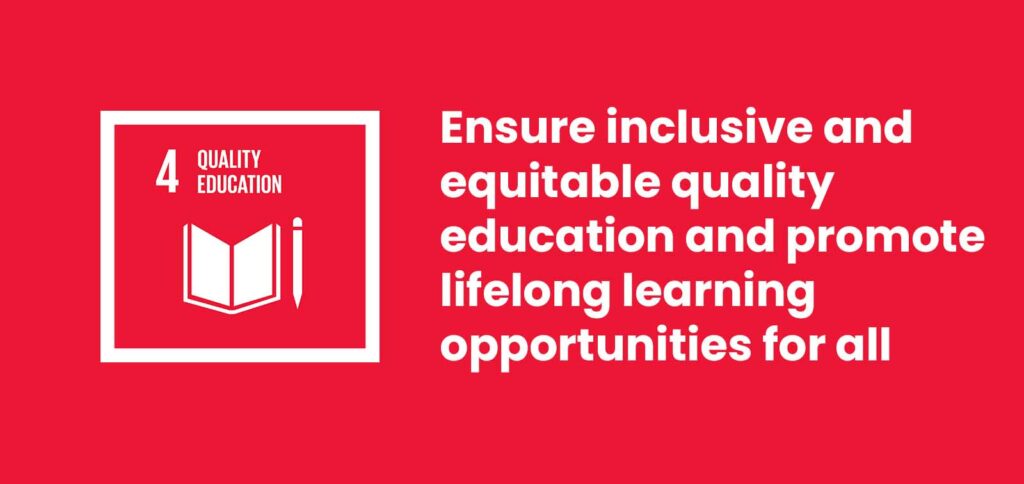Written by : Dr Raja Nur Syaheeza bin Raja Mohd Yazit
BE.jarah: End Semester Design Review (ESDR)

On 24th July 2024, Universiti Malaysia Sarawak (UNIMAS) hosted its highly anticipated End of Semester Design Review (ESDR) for the architecture programme, a key event in evaluating and showcasing students’ semester-long studio projects. The review featured nine esteemed members of the Industrial Advisory Panel (IAP), including leading professionals and experts from the architecture industry. Their role was to critically assess and provide feedback on the students’ design work, reflecting the programme’s commitment to aligning academic training with industry standards, especially Lembaga Arkitek Malaysia (LAM).
The involvement of IAPs is the faculty’s target to achieve Sustainable Development Goal 17 (SDG 17), Partnerships for the Goals. The IAP that was appointed are esteemed local practicing professional architects; Ar. Ahmad Sura bin Awang, Ar. David Keen anak Hollis Tini, Ar. Hanisah Aimi binti Hamzah, Ar. IDr. Lau Chun Leong, Ar. IDr. Mitchell Tony anak Mos, Ar. Intan Syazwani binti Sazali, Ar. Kevin Wong Yii Sing, Ar. Mohammad Afiq Shazwan bin Abd Samat and Ar. Brendan Tong Jia Chian.

The ESDR encompassed three distinct studio projects, each representing a different year of study. First-year students presented their designs for a retreat house tailored for celebrities in Teluk Melano, focusing on creating a luxurious yet serene environment. Second-year students showcased their community building projects, aimed at fostering social interaction and public engagement. Meanwhile, third-year students unveiled their designs for a community apartment, emphasizing sustainable living and efficient use of space.
In conjunction with the review, an exhibition was held to display the students’ projects to the public, providing a broader audience with insight into the innovative work being produced. This exhibition not only highlighted the students’ creativity but also facilitated public engagement with architectural education.

The ESDR exemplifies SDG 17, which advocates for strengthening partnerships between educational institutions and the industry. By involving the IAP in the review process, UNIMAS reinforces its commitment to bridging the gap between academic learning and professional practice. The feedback and guidance from industry experts are invaluable in ensuring that students’ work is relevant, practical, and aligned with real-world demands.
Overall, the End of Semester Design Review at UNIMAS demonstrated the university’s dedication to fostering strong connections with the industry, enhancing the educational experience and preparing students for successful careers in architecture.
BE.jarah: External Examiner Curriculum Review (EECR)

Annually, the External Examiner Curriculum Review (EECR) represents a crucial aspect of maintaining and enhancing the quality and relevance of the architecture programme accredited by Lembaga Arkitek Malaysia (LAM). This annual event involves a comprehensive evaluation of the entire curriculum, from studio design courses to supplementary subjects and is attended by a distinguished panel of external examiners, including seasoned professional architects, renowned academicians and esteemed professors from other institutions. The appointed External Examiners are Ar. IDr. Dr. Wan Norisma binti Wan Ismail (USIM) and Assoc. Prof. Ar. Dr. Mohd. Farid bin Mohamed (UKM), with both academics and industrial experiences.

The review process begins with an in-depth examination of the architecture programme’s curriculum, covering every component of the students’ academic journey throughout the year. The external examiners meticulously assess the studio design courses, which are fundamental to the program, as well as the supplementary courses that provide essential theoretical and technical knowledge. This broad review ensures that all elements of the curriculum are aligned with current industry standards, academic best practices, and foremost the standards by Lembaga Arkitek Malaysia (LAM).

During the review, each course is evaluated based on several criteria, including its relevance to contemporary architectural practice, the integration of theoretical concepts with practical applications and its ability to foster critical thinking and innovation among students. The external examiners scrutinize course content, teaching methodologies, assessment strategies and the overall coherence of the curriculum, effectively preparing students for the demands of the architecture profession.

The event also provides an opportunity for dialogue between the external examiners and the university’s faculty. This interaction fosters a constructive exchange of ideas and feedback, allowing for the identification of strengths and areas for improvement within the programme. The external examiners offer valuable insights based on their extensive experience and expertise, contributing to the continuous refinement and enhancement of the curriculum.
For the faculty, the External Examiner Curriculum Review is an invaluable opportunity to gain an objective perspective on the program’s effectiveness and alignment with global standards. It serves as a benchmark for quality assurance and supports the ongoing efforts to advance the educational offerings of the architecture programme. In conclusion, the External Examiner Curriculum Review at Universiti Malaysia Sarawak is a vital process that ensures the architecture programme remains at the forefront of academic and professional excellence.

This article is related with Sustainable Development Goal (SDG 4) – Quality Education.

This article is related with Sustainable Development Goal (SDG 17) – Partnership for the Goals.